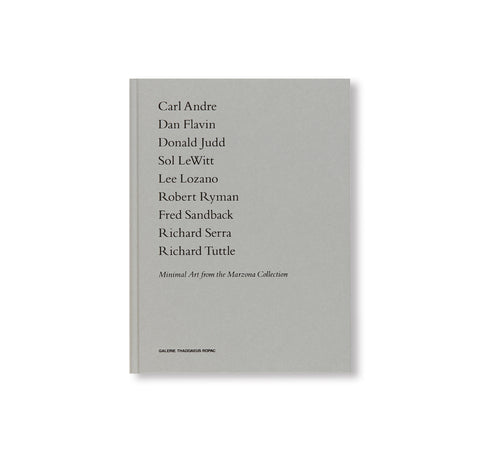ROBERT RYMAN by Robert Ryman
アメリカ人アーティスト、ロバート・ライマン(Robert Ryman)の作品集。本書は、作者の作品を過去20年以上にわたって徹底的に研究し、新しいイメージに加え、学者やキュレーターによるオリジナル・エッセイを収録した一冊。その多様な作品を理解するためには絵との関係性が鍵となると主張する本書は、これまで以上に絵画の忠実な再現と繊細なディテールを見せ、アーティスト自身の展示戦略にも密着している。作者のペインティング作品はその無彩色の表面が特徴的だが、白色の価値と効果についての探求は、決して絵画の上だけではなかった。キャンバス、ボード、紙、アルミニウム、ファイバーグラス、プレキシグラスなどを用いた作者の実験的制作は、白色の使用とともに革新的な素材のボキャブラリーへと発展した。本書には現代美術における作者の活動の重要性を反映したテキストも収録。1993年に開催された回顧展のキュレーターを務めたロバート・ストー(Robert Storr)は、歴史的な文脈の中に作者を位置づけている。また、2015年から2016年にニューヨークのアートギャラリー「ディア・チェルシー(Dia Chelsea)」で開催された展覧会のキュレーターであるコートニー・J・マーティン(Courtney J. Martin)は、作者の立体作品に注目する。ドローイングの研究者であるアレグラ・ペセンティ(Allegra Pesenti)は作者のドローイングの手法について言及し、音楽史家のジョン・スウェッド(John Szwed)は作者の初期作品におけるジャズの影響について追求する。アメリカ人アーティスト、チャールズ・ゲインズ(Charles Gaines)は作者にとって現実とは何かを問いかけている。
A comprehensive study highlighting the interplay of context and meaning in Robert Ryman’s work. This remarkable volume, featuring new photography and original essays by a formidable array of scholars and curators, is the most expansive and thorough investigation of the work of American painter Robert Ryman in over two decades. Arguing that the relationships between his paintings are key to understanding his diverse output, the book offers more faithful reproductions and subtler details of the paintings than have previously been available, and attends closely to the artist’s own strategies of display.
Ryman’s paintings are readily identified by their predominantly achromatic surfaces, but his exploration of the values and effects of white was never limited to paint. His experimentations with canvas, board, paper, aluminum, fiberglass, and Plexiglas have evolved into a material vocabulary as revolutionary as his use of white. The texts featured here reflect on the importance of Ryman’s practice to contemporary art: Robert Storr, curator of Ryman’s 1993 retrospective, places the painter in historical context while Courtney J. Martin, curator of his 2015–16 exhibition at Dia Chelsea, looks at Ryman’s three-dimensional works. Drawings scholar Allegra Pesenti investigates his drawing practice; music historian John Szwed traces the influence of jazz in Ryman’s early works; and artist Charles Gaines asks what, in a Ryman, is real.




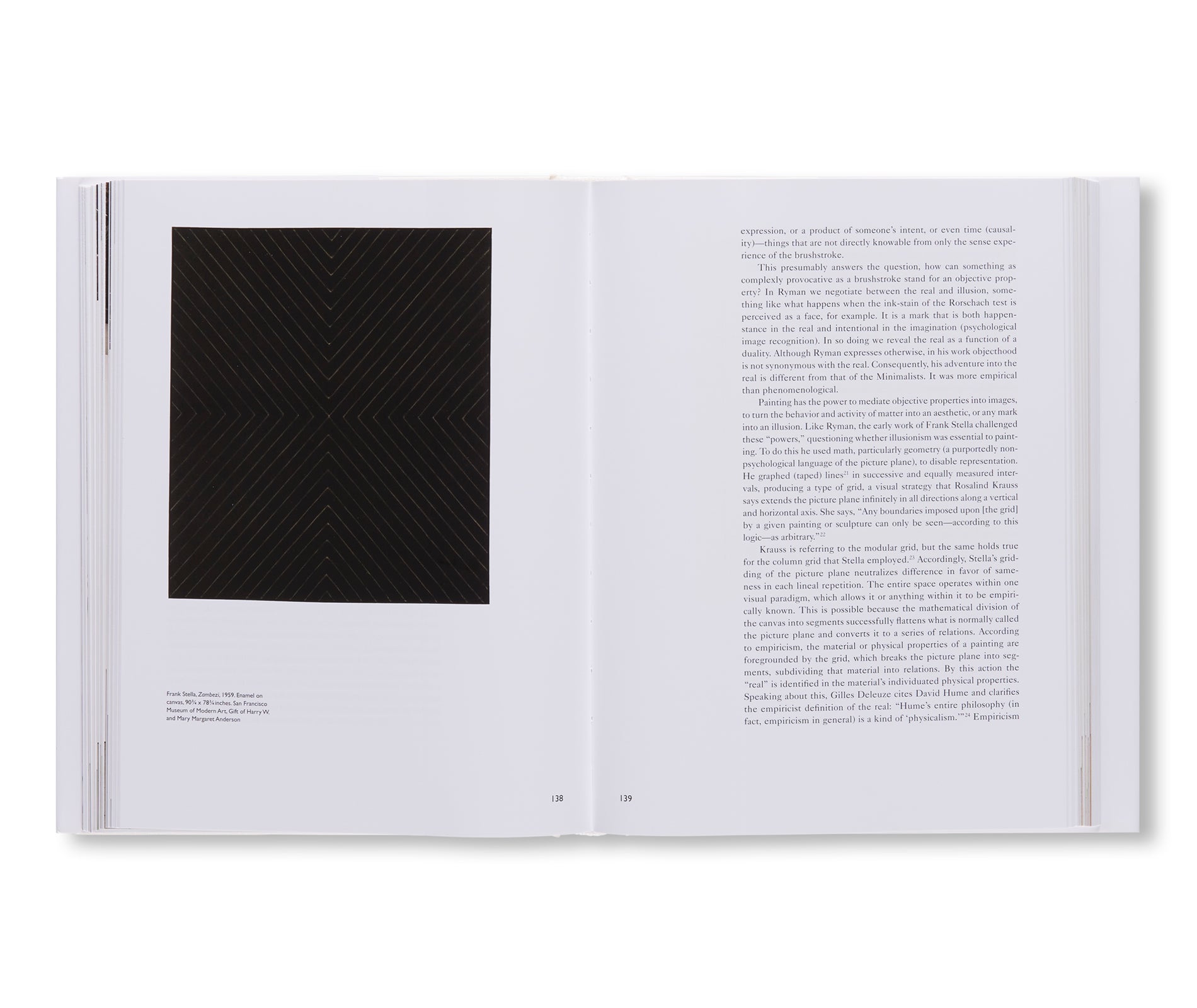



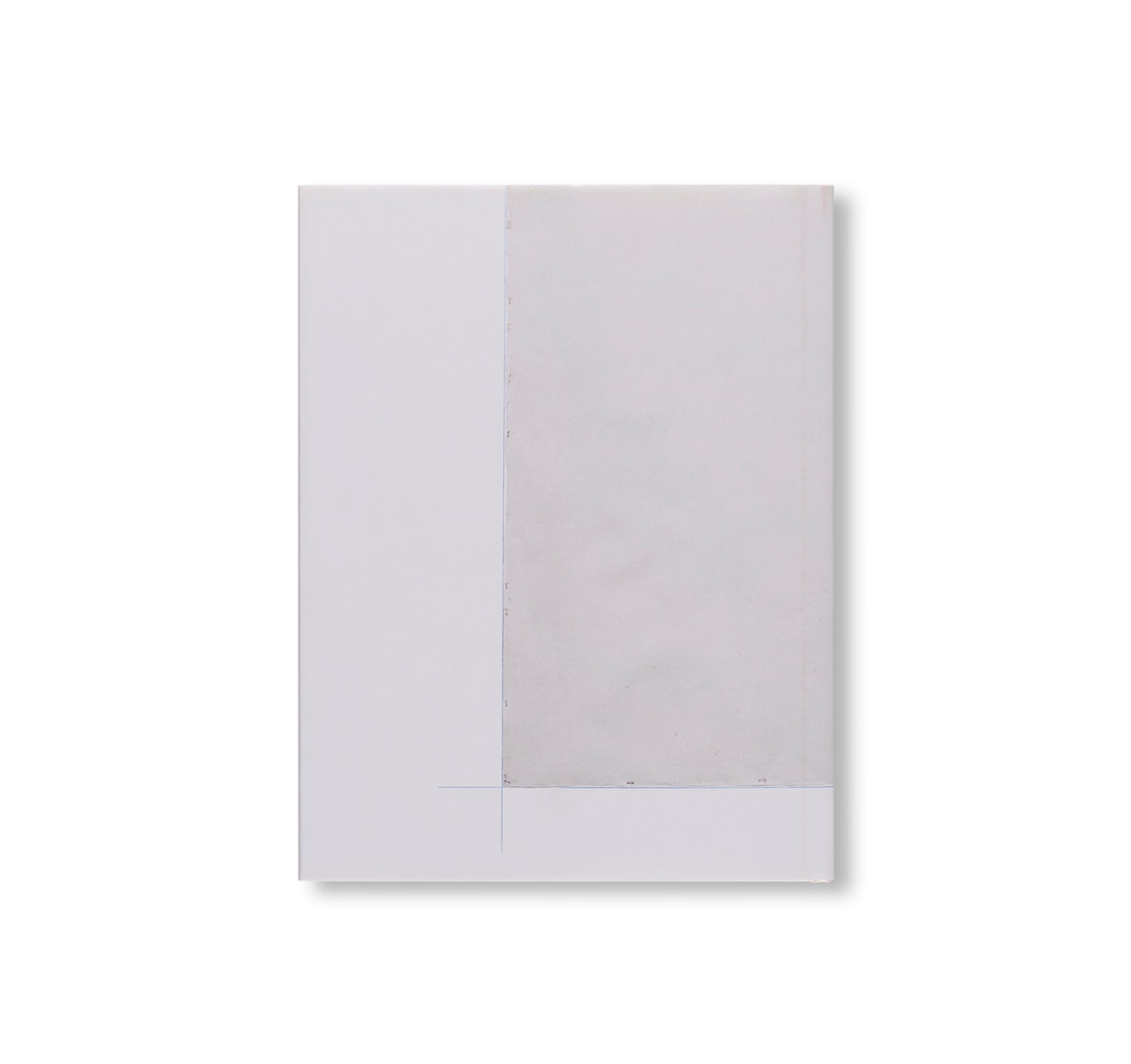
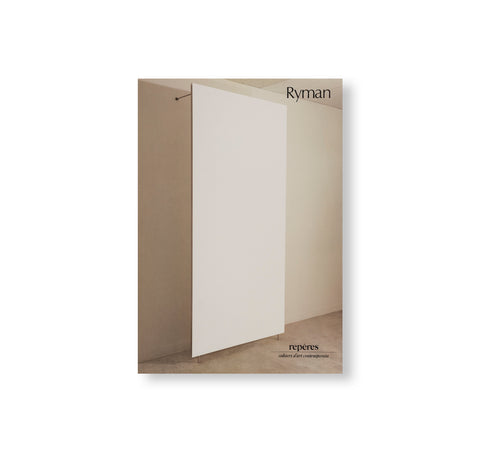
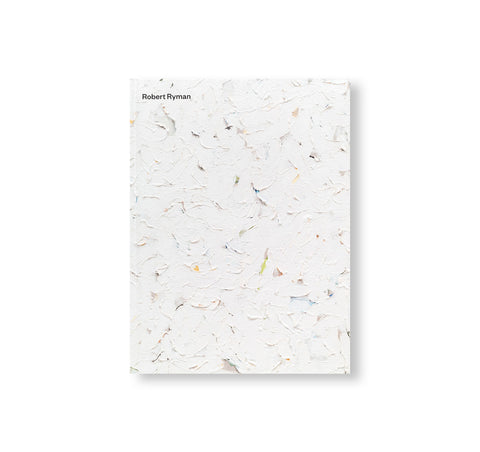
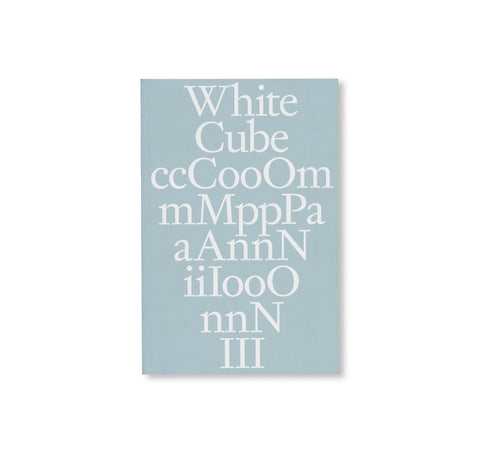
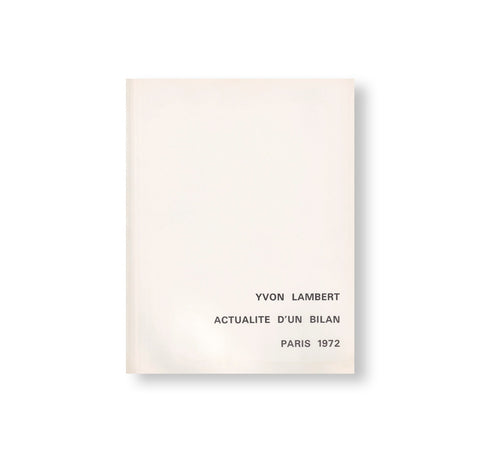
![THE DAY MY MOTHER TOUCHED ROBERT RYMAN by Stefan Sulzer [THIRD EDITION]](http://twelve-books.com/cdn/shop/files/01_c7ed0248-9131-42ac-96c1-59b40b50e438_large.jpg?v=1702459474)
